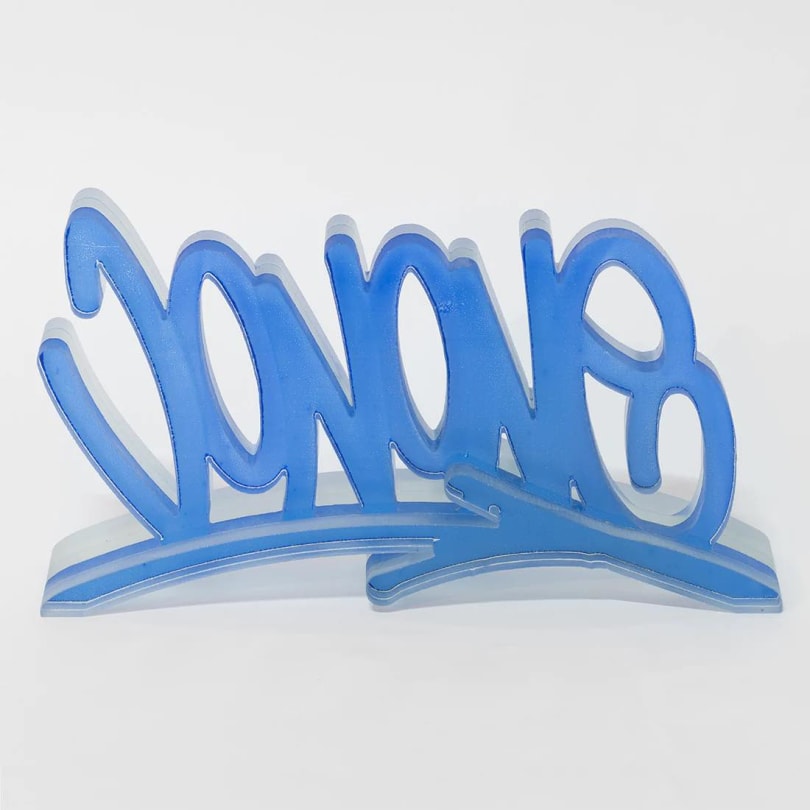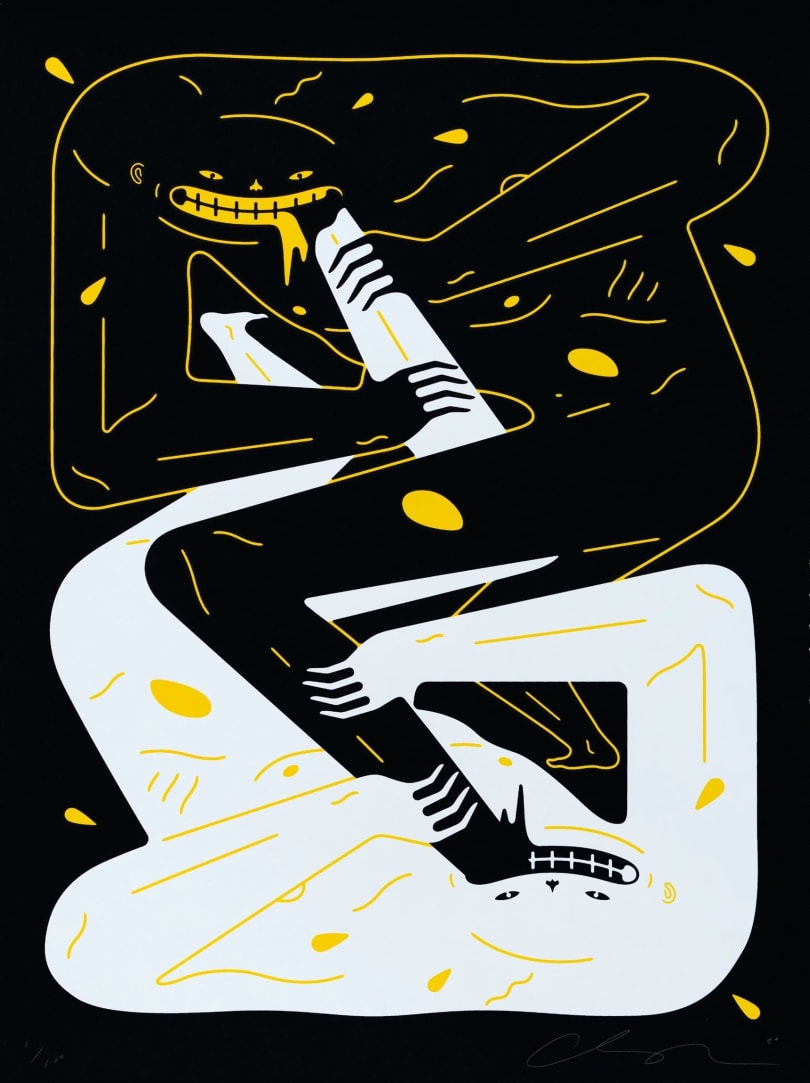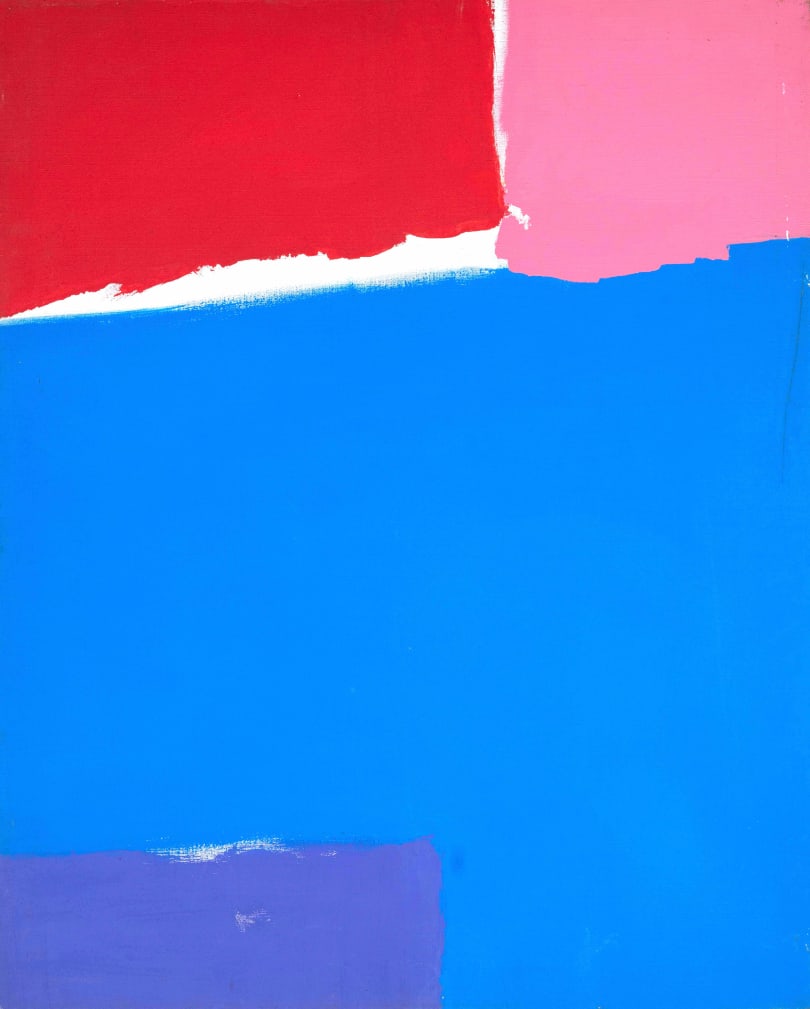
Artwork information
Category
PaintingTechnique
Oil on canvasDate
1979Dimensions
40 cm x 40 cmDimensions with frame45.8 cm x 45.8 cm
Signature
Signed at the bottom centerProof(s) of authenticity
Card signed by the artist's hand accompanying the painting.State of conservation
Very goodFraming
YesLocation
Paris, FranceDescription
This oil on canvas is a representative work of the art of Yvaral, an artist active in Paris from 1949 to 2002. This painting is one of his most successful, it was created in 1979 in the middle of the "période numérique". Here the artist uses geometrical spaces to create an optical illusion effect in an ensemble composed of white and mauve. Yvaral plays with shadows and light thanks to symmetrical shapes that can be compared to swarms of bees. In addition, this painting is signed and dated on the back. The work has been framed by the artist in an American box frame to enhance it.
Dimensions without frame : 40 x 40 cm - Dimensions with frame : 45,8 x 45,8 cm.
Provenance
Yvaral gave it in 1996 to the current owner who was his lawyer and friend. He thanked him for the assistance he had received in the "Renault Logo Case". Indeed, the last Renault logo had been designed and produced by Yvaral, but the Renault management wrongly attributed it to his father Victor Vasarely. The card accompanying the gift of the painting to his lawyer in 1996 will be given to his new buyer.
Imagine the artwork at home














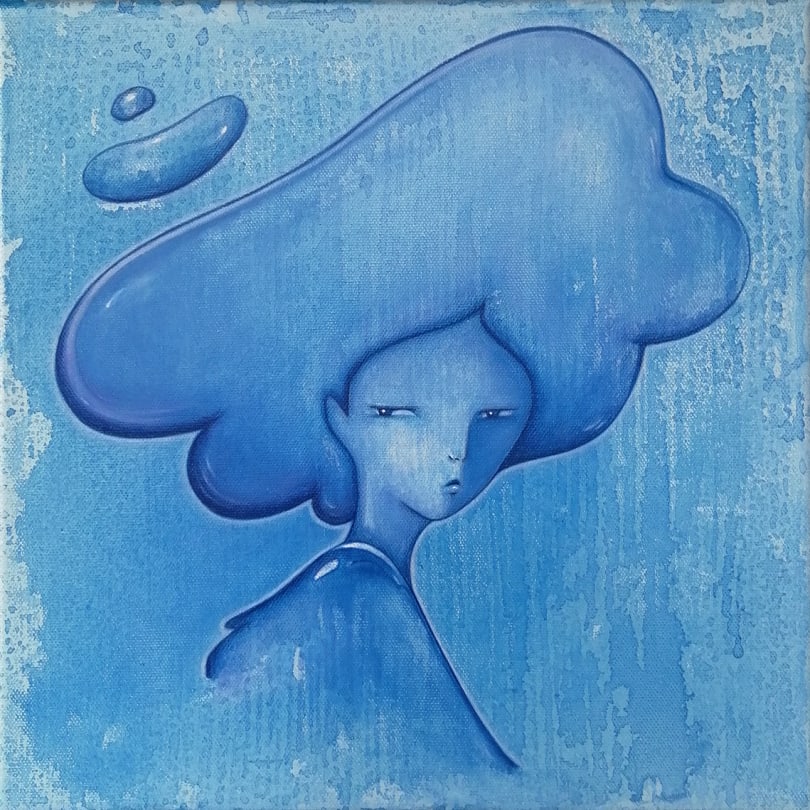



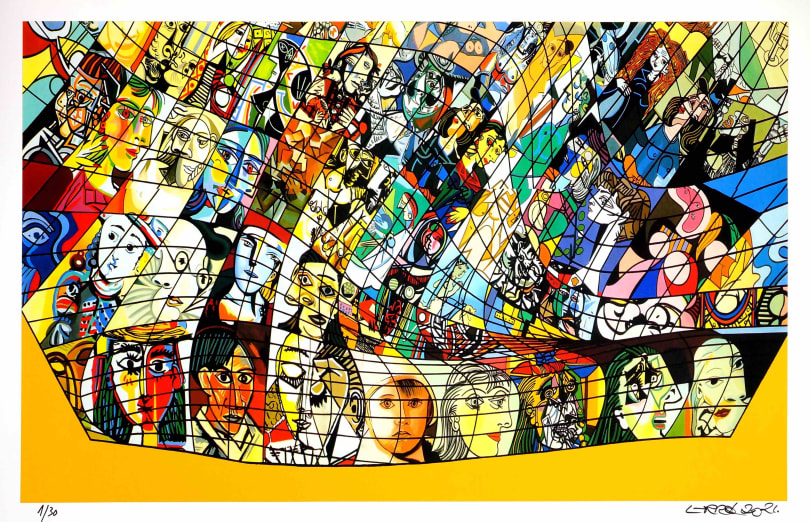
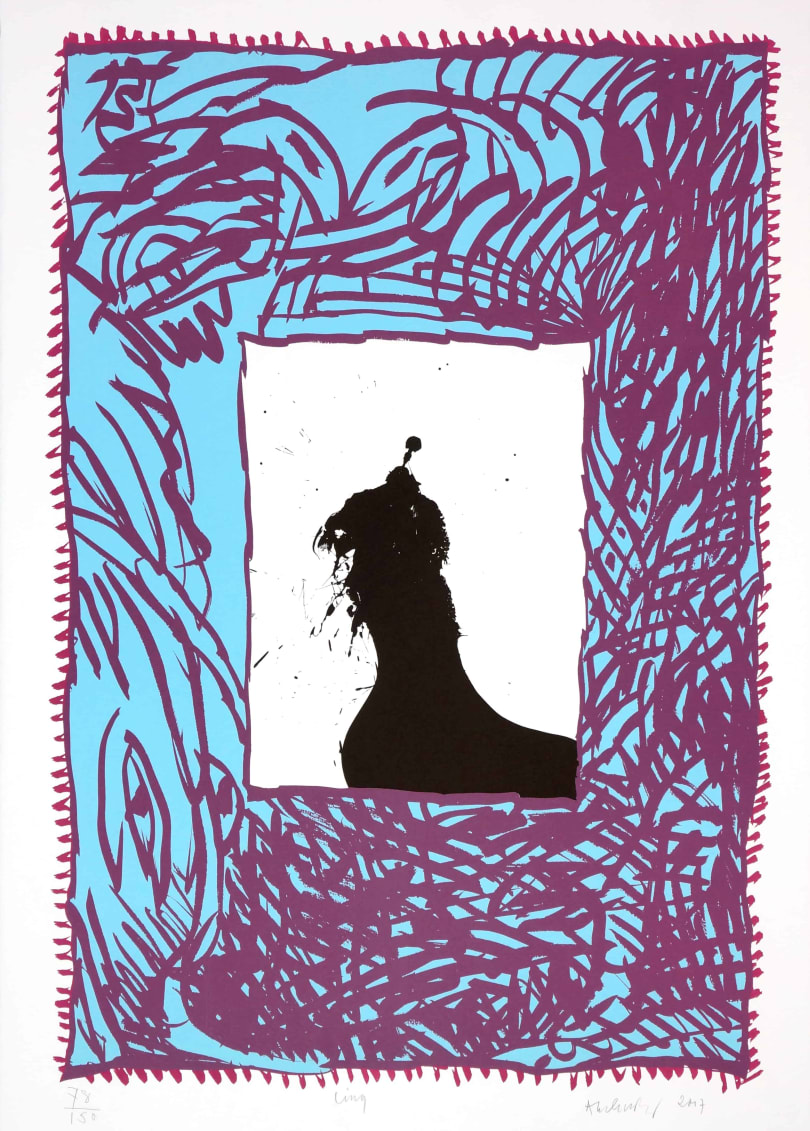







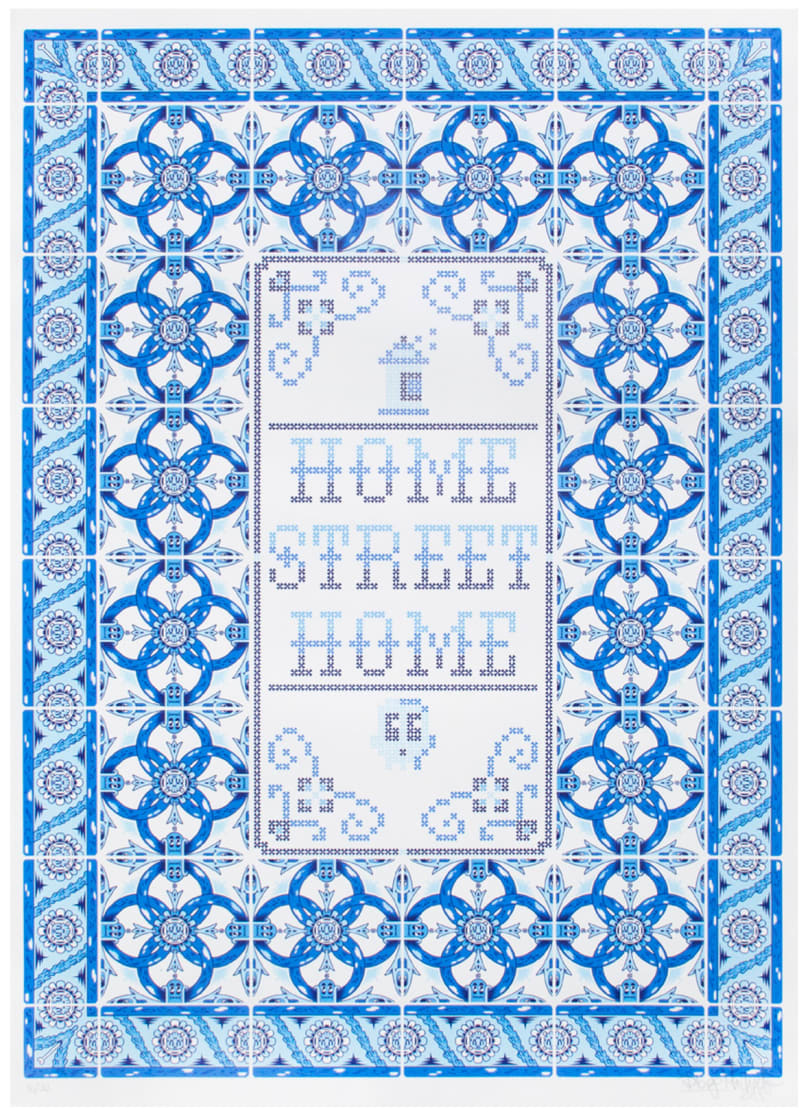


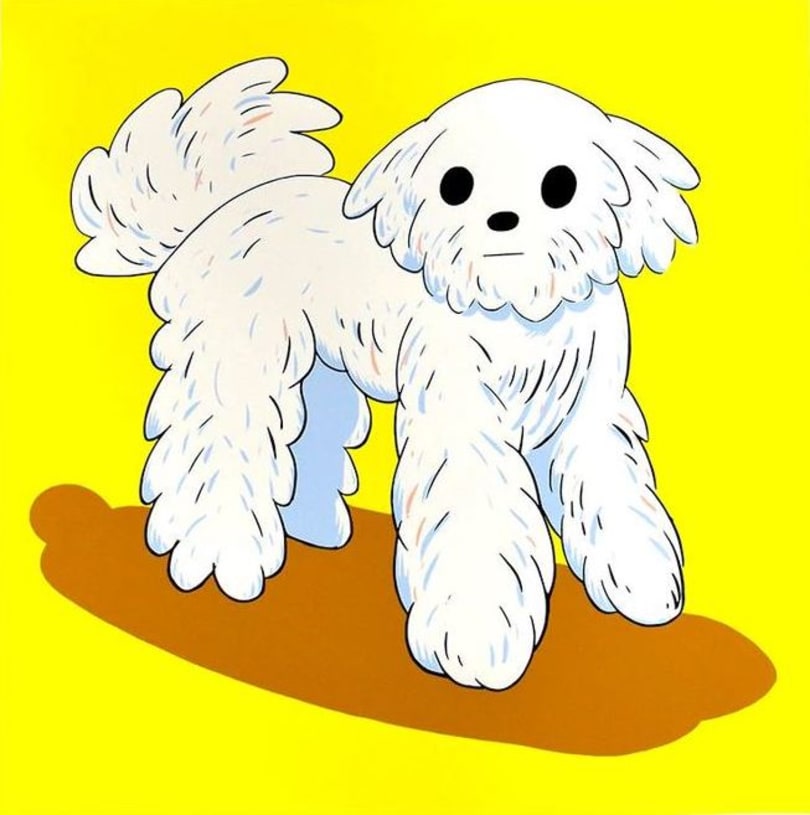
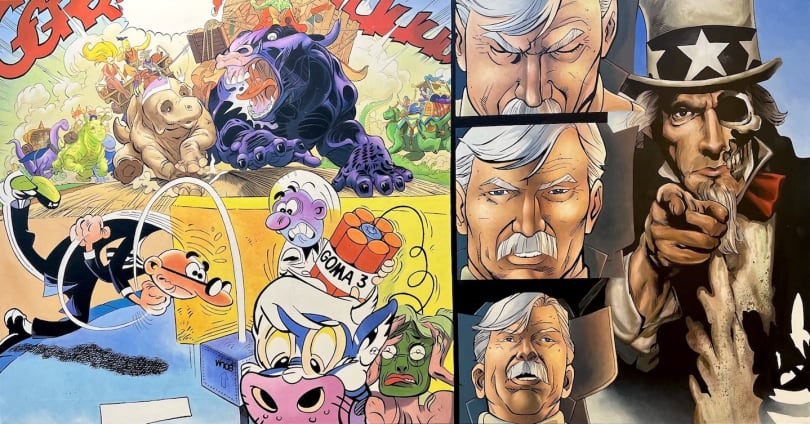


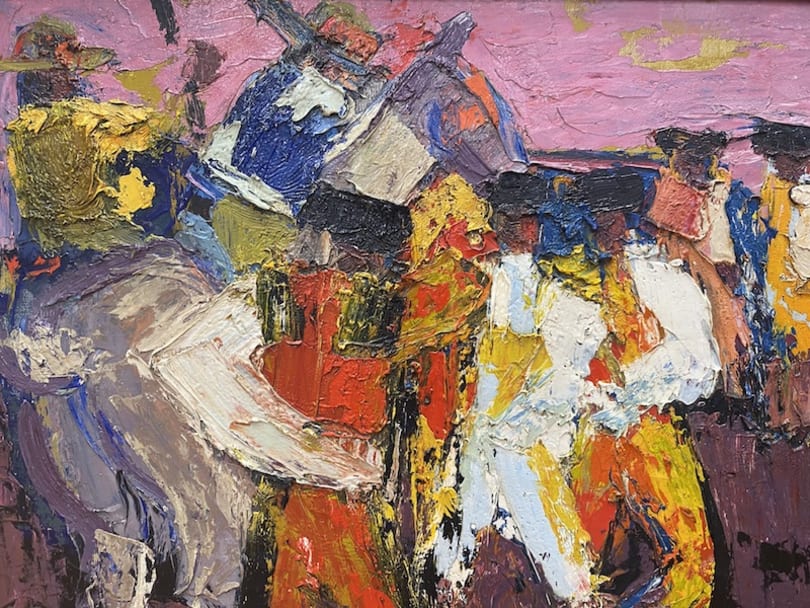
.jpg)


.jpg)


